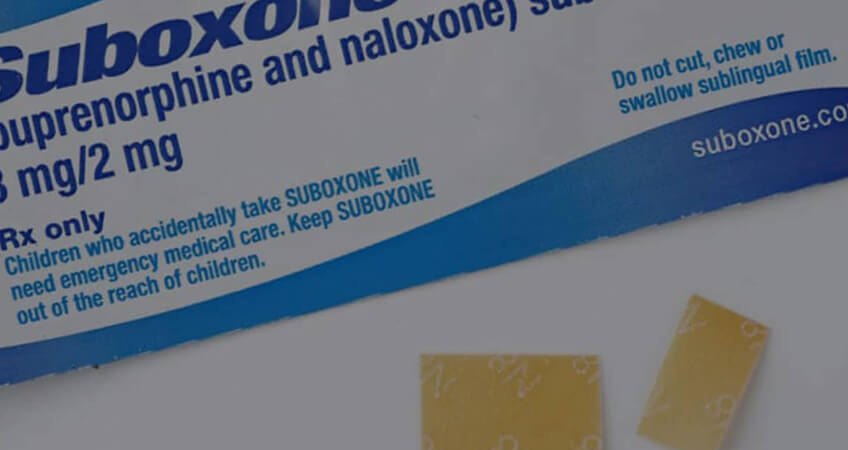Opioid addiction has the ability to overcome people in unfair ways. Many only become aware of having a serious problem after they already are addicted. If the source of the opioid drug was a doctor who prescribed it to treat pain, it is unbelievably easy to get trapped in addiction. It is very common to falsely believe that if a medication is prescribed by a doctor it must be OK to take it.
The problem is so serious in America now that the National Institute of Drug Abuse reported in January 2019 that over 130 people die each day from opioid use in the United States. This crisis affects people from all walks of life and spares no one who gets trapped by addiction.
If you, or someone you know, is addicted to opioids, there is still a chance to survive this crisis if an addict is willing to do the tough work needed to avoid death. Getting clean is nearly impossible to do alone. It is better to immediately seek out addiction treatment for substance abuse than to be dead tomorrow. At MD Home Detox we provide medication assisted therapy. One of the medications we use is Suboxone, below we will go over the pros and cons of Suboxone for addiction treatment.
Medication-Assisted Therapy
Addiction treatment for substance abuse with medication-assisted therapy (MAT) is one way to transition from being addicted to becoming drug- and alcohol-free. Under proper supervision, MAT is designed to lower withdrawal symptoms, support behavioral changes, and allow an addict to taper off from opioids in a more gradual process than stopping all at once.
One MAT is Suboxone treatment. Suboxone® is a brand name for buprenorphine combined with naloxone. There are both pros and cons when using Suboxone for addiction medication assisted treatment.
Medline Plus notes that buprenorphine is in a class of drugs that are opioids and are partial agonist-antagonists. A drug that is an agonist is able to react with, and activate, the opioid receptors in the brain to create a full opioid response. Morphine, heroin, opium, oxycodone, hydrocodone, and methadone are examples of full agonist drugs. While the “high” from each of these drugs is slightly different, the chemical bonding with the opioid receptors in the brain is the same.
The National Alliance of Advocates for Buprenorphine Treatment (NAABT) explains that an antagonist drug is able to attach to the opioid receptors without activating them. It does not create the opioid response. An antagonist drug basically blocks any other opioid from connecting with the opioid receptors by taking up all the opioid receptors available. A fully antagonistic drug such as naloxone, which is marketed under the brand name of Narcan® and others, completely blocks the opioid receptors. This is why naloxone is used as an antidote to an opioid drug overdose.
Buprenorphine is a partial agonist-antagonist, which means it gives the user a bit of a “high” and pain relief; however, much less than a full agonist. It mostly blocks the opioid receptors. Naloxone may be given along with buprenorphine as part of a MAT program. Naloxone helps support an important behavioral change because if it is injected, it causes the immediate onset of severe withdrawal symptoms. Those in an addiction treatment program are well-informed about this. If using naloxone, they do not continue with their normal pattern of injecting opioids.
Buprenorphine may be taken in pill form or sublingual (under the tongue). Naloxone is taken as a nasal spray or sublingual. Suboxone® film is a combination of buprenorphine and naloxone, which is taken by placing a film strip under the tongue. This helps get rid of the need/habit of using needles.
The Pros and Cons of Suboxone for Addiction Treatment
Suboxone can be a great tool to help individuals recover from opioid addictions, but like another medications there are pros and cons of Suboxone Treatment.
Pros – The Benefits of Suboxone® Treatment
The main benefit of Suboxone® treatment is the reduction or removal of withdrawal symptoms. Severe withdrawal symptoms are the reason why many people find it nearly impossible to stop taking narcotics once they have become addicted. Withdrawal symptoms may also be life-threatening.
With Suboxone® treatment, the withdrawal symptoms are mild or non-existent. This greatly increases the chances of a person getting free from opioid addiction by following a supervised MAT program. Another benefit is the ability to slowly taper down the dosage with the ultimate goal of stopping completely. The dosage is gradually reduced by the supervising doctor. Most people find the tapering-off method to be very effective.
Cons – The Contradictions for Suboxone® Treatment
A MAT program using Suboxone® does not work for everyone. A person may have many adverse reactions to the drug. Another serious problem is that some people find it to impossible to taper down. All they achieve is swapping out one addictive drug for another one. Self-control, along with motivation, is also needed to reduce dependency.
If buprenorphine, which is one of the ingredients in Suboxone® is taken by itself, it is possible to overdose. In times of stress, addicts who only take buprenorphine in a MAT program may take more than their daily prescribed amounts to try to make up the difference of the smaller dosage as they are tapering down. Suboxone® avoids this problem by also containing naloxone, which prevents an overdose.
Suboxone Treatment Los Angeles
Even though taking Suboxone® may not be the perfect solution for everyone, it does help a substantial number of addicts who eventually get clean. Work with an addiction counselor from MD Home Detox to learn more about the pros and cons of Suboxone and to see if it is right for you. MD Home Detox is the industry leader in at-home drug and alcohol detox using MAT programs. Contact us today to get the help you need to become drug- and alcohol-free.

